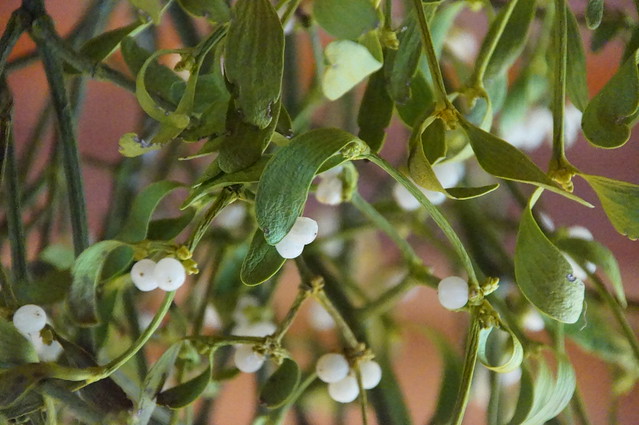What links the words gig and jig, and what do they have to do a German word Geige (violin)? Let’s find out.
A gig [ɡɪɡ] can mean:
- A live performance by a musician, band, musicial group or comedian
- A job or role for a performer (in film, television, theatre, etc.)
- Any job, especially one that is freelance or temporary, or done on an on-demand basis. Other meanings are available [source].
Its origins are lost in the mists of etymology, but its possibly related to the Old French word gigue (a string instrument similar to a mandolin, a kind of dance), which comes from Frankish *gīge (dance, fiddle), from Proto-Germanic *gīganą (to move, wish, desire), from Proto-Indo-European *gʰeyǵʰ- (to yawn, gape, long for, desire) [source].
The German word Geige [ˈɡaɪ̯ɡə] (violin, fiddle) possibly comes from the same roots, via Middle High German gīge, Old High German gīga and Proto-Germanic *gīganą (to move, wish, desire), etc [source].
The English word jig refers to such things as a light, brisk musical movement; a lively traditional Irish dance in 6/8 time, also known as a double jig (other types of jig are available); or an English Morris dance performed by one or two individual dancers. It shares the same roots as gig and Geige – maybe via Middle English gyge (fiddle), from Old French gigue etc. [source].
Another word from the same roots is guinguette, which in English and French is an old name for a sort of outdoor tavern that once existed in the suburbs of Paris, and appears to be used in modern French to refer to any outdoor bar (see above). It comes from French guinguet (a rough wine produced near Paris), from ginguer (to run, play, move a lot), from giguer (to dance, jump), from gigue (a string instrment, a jig, etc), and so on [source].
The word gig can also refer to:
- A small, narrow, open boat carried in a larger ship, and used for transportation between the ship and the shore, another vessel, etc.
- A similar rowing boat or sailboat, especially one used for racing; specifically, a six-oared sea rowing boat commonly found in Cornwall and the Isles of Scilly (see above).
- A two-wheeled carriage drawn by a single horse.
It comes from Middle English gigg (spinning object, a top), possibly from Old Norse (?), from Proto-Germanic *gīganą (to move, wish, desire), etc, or ultimately onomatopoeic [source].














